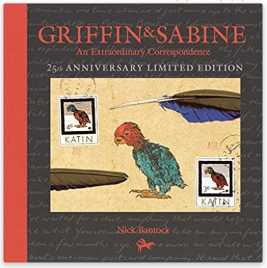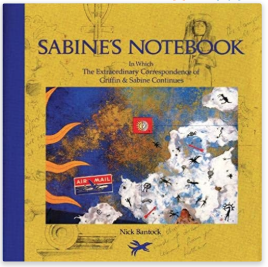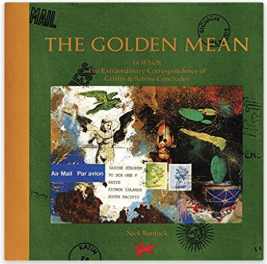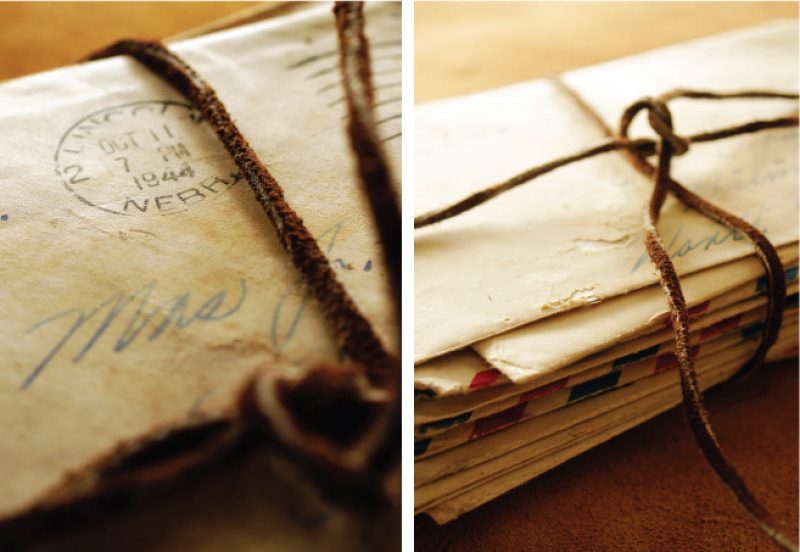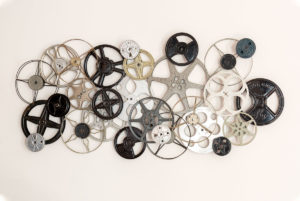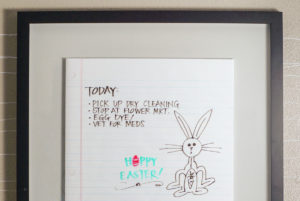Letter writing has indeed become a lost art form. Somewhere along the path of technology, we traded in pens for passwords and stamps for wall posts. In our world of instant information, there is still something quite special about receiving a handwritten letter.
A well crafted letter suggests that you care in a way that email simply cannot. Your heartfelt emotions are stamped in time and can have more impact on the recipient than you might imagine. Letters can be saved and reviewed later in a quiet corner.
If you don’t think you have the necessary skills, think again. It isn’t hard to do. It just takes some time. I must admit that I have often had to write a rough draft and a final draft. One thing I suggest is to type your letter out in some word processing application to work out the kinks and then hand write it. This way you can be sure to run spelling/grammar check. This might also help you avoid any unsightly post script.
savour… cherished correspondence
THE ART OF LETTER WRITING
Supplies
- Stationery – choose a signature stationery that represents you and stick with it. Use good quality paper.
- Pen – this is your preference. Fountain pens are a nice touch. Stick with blue or black ink.
- Wax Seal – this says you mean business. There are hundreds of designs available and many under $10.
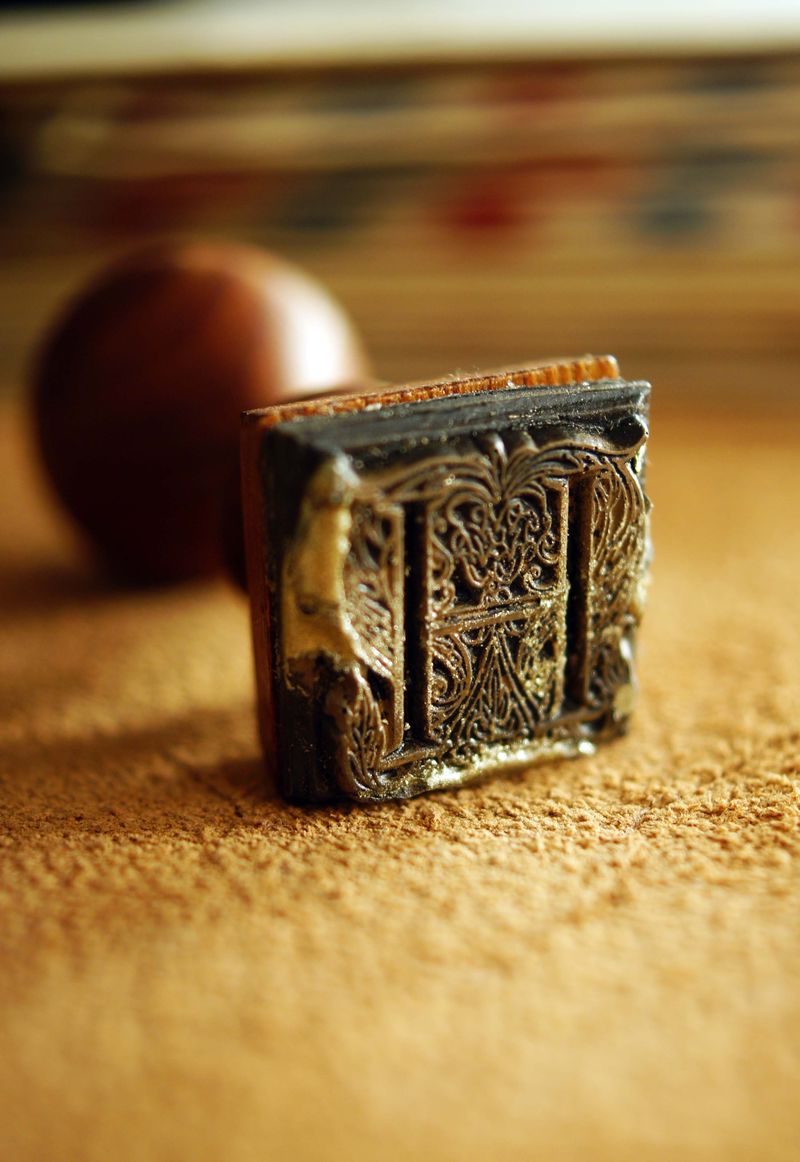
What a letter should include
- The date – your correspondence may be saved for decades. Be sure to date it for reference.
- A greeting – this need not be as formal as we were taught in school, but do include it.
- The body of the letter – Write an outline before you start or work out your ideas in a word processing application before putting pen to paper. Read it before you commit.
- A closing – again, this is personal preference, but do use it.
- A signature – make it pretty.
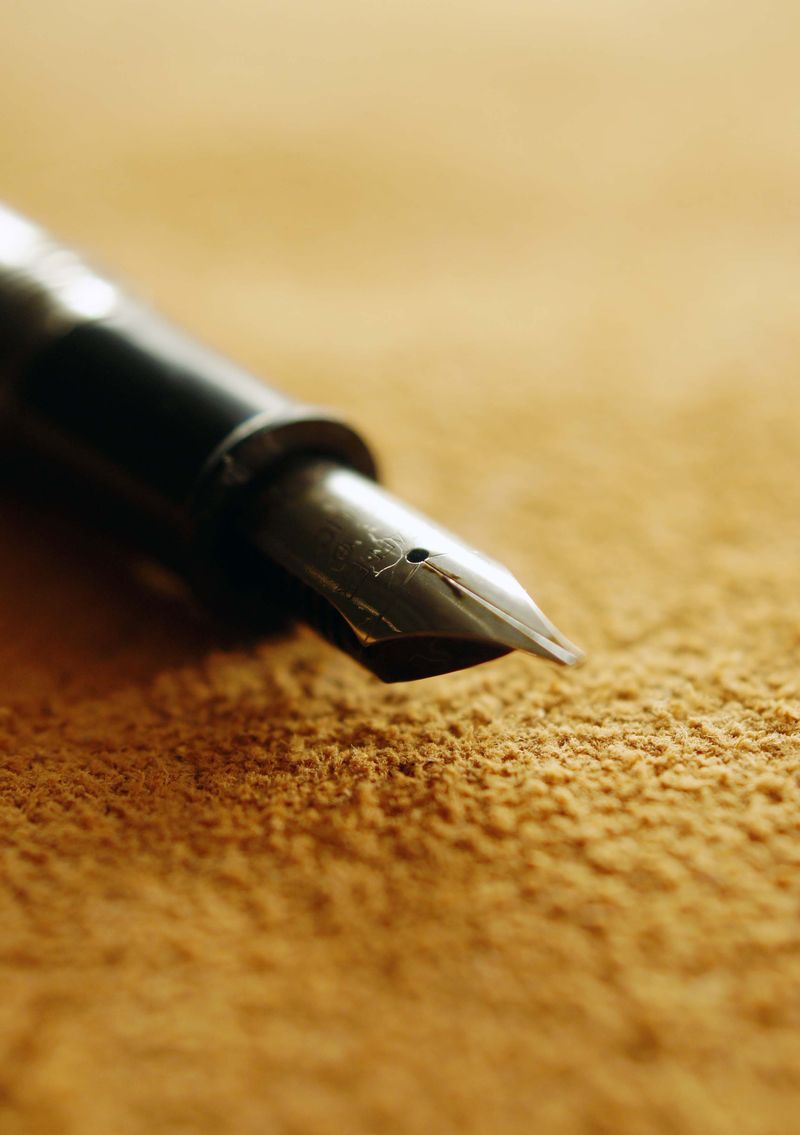
Things to consider:
- Make it neat – if you are using paper without lines use a guide or at the very least stop occasionally and be sure you are writing in a straight line. Be mindful of margins. Make your own margins and stick with them. It will make your letter look so much better. Avoid scratching and blotting mistakes. You are better off just rewriting. Use your very best penmanship.
- Your writing style – your letter should mostly sound like you talking on paper (within reason). Choose your words carefully, but make it sound like a conversation. In the presence of a letter, ending a sentence with a preposition will likely be forgiven.
- Be original – use your own words and feelings. Put it all out there. If you don’t usually articulate your emotions here is your chance.
- Look for inspiration – there are loads of resources for letters of all kinds. There are websites and books dedicated to letter writing and letters from famous folks written to their loved ones. For further inspiration, check out the Griffin and Sabine series by Nick Bantock. These beautiful books allow you to take a voyeuristic journey into the correspondence between two characters by reading their actual letters and postcards. As an added bonus, the art is spectacular.
- If you don’t have time to commit to a full letter, try a postcard. Check out this earlier post.
